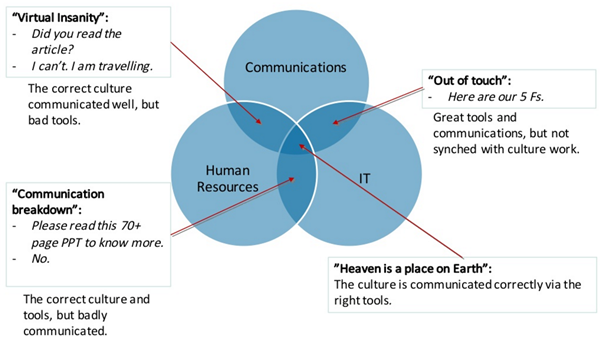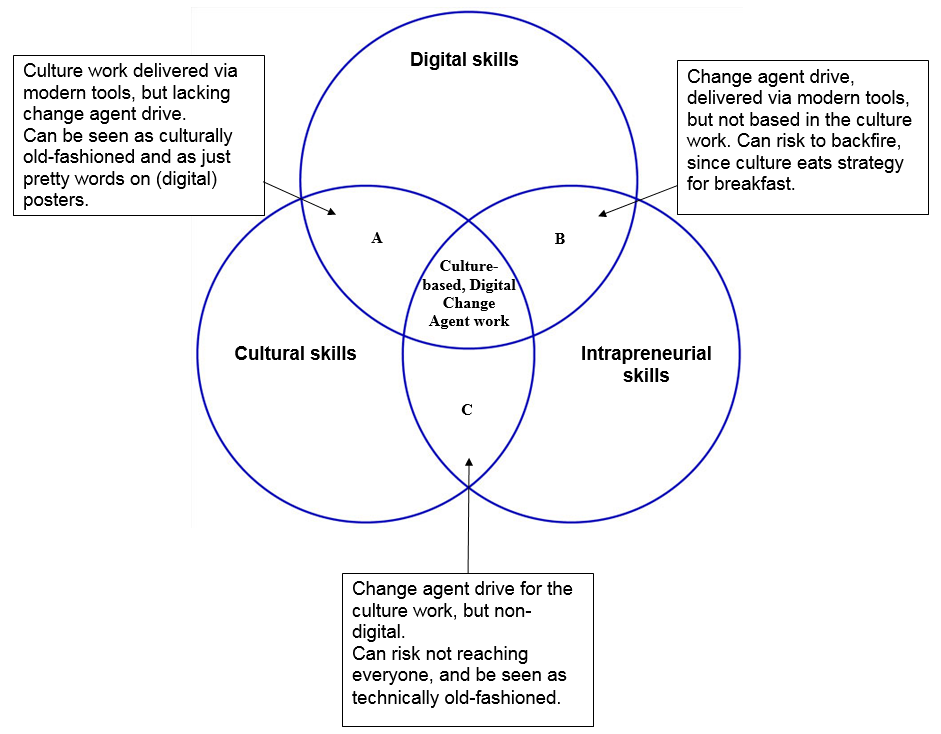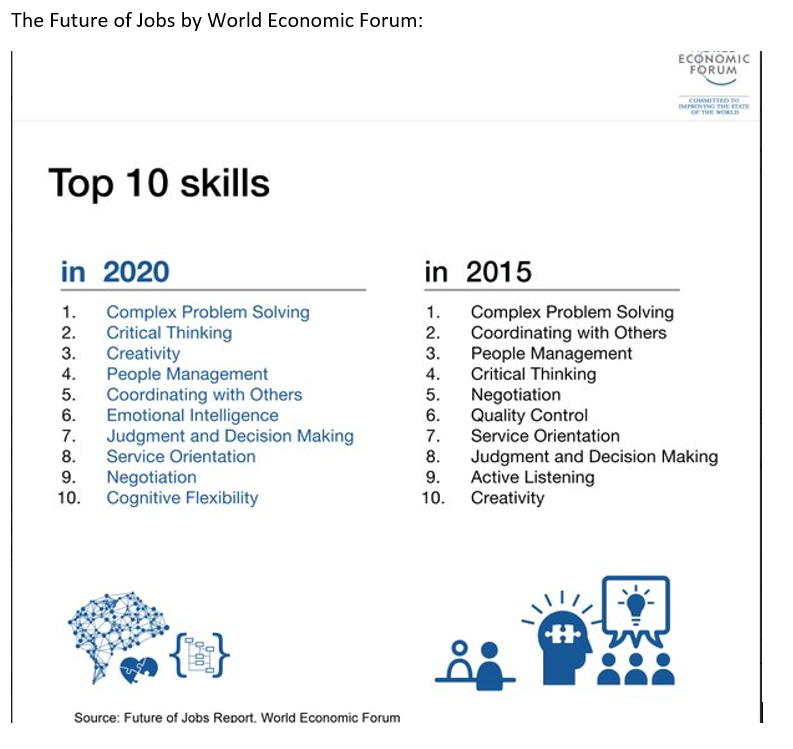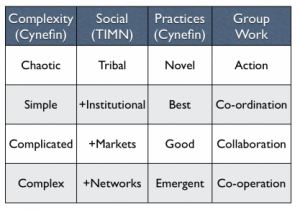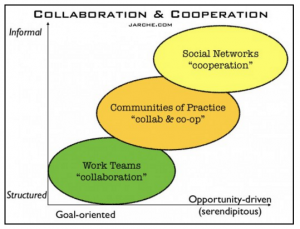During the last weeks, I have had the privilege to read reports on ready-made intranet solutions:
- Turnkey intranet solutions for SharePoint and Office 365 (July version), by James Dellow.
- SharePoint intranets in-a-box report, by Sam Marshall at ClearBox Consulting.
- Paketerade lösningar för SharePoint och Office 365 (in Swedish), by Kristian Norling at Intranätverk.
The above three resources give you a very good overview of what is available today. They also update these overviews regularly, so keep your eyes open for new versions.
When I browse the descriptions of such intranet solutions, many vendors sound the same. Yes, they all sell the same products, but still, something is missing. I wish more of them came from an organizational psychology / change management / sound workplace angle. And that they show they really know how to code SharePoint, as in jaw-droppingly cool.
Many of them still tell us what we can read from Microsoft’s site: There are search and libraries, it can be online, you can integrate with other services, and so on.
It would be awesome if some vendors took this to the next level, such as:
- Since we know SharePoint search so well, we have tweaked it via the search engine and web parts to make your daily life easier. Our search experts make sure no one will complain about the search again.
- Since we know SharePoint, but don’t know you, we always start all projects having coffee and listening to your stories. Once we know you, we present the technical solution.
- Since we know the hybrid environments so well, we have of course already integrated Delve in your on-prem solution, and can integrate it in your Win 10 installations for a smooth experience.
- Since we know the current discussions about digital workplaces, that is the start of our talks. We are not here to sell you a platform. We are here to help you work more effectively, lessen your stress, and help you save money no matter where you are.
- Since we like you, we invite you to meet us and other clients over a coffee or a beer regularly, to socialize and network.
It will be interesting to see if any vendors take such steps. My guess is that, if they remain talking just about the technology, they could be outmaneuvered by others.



